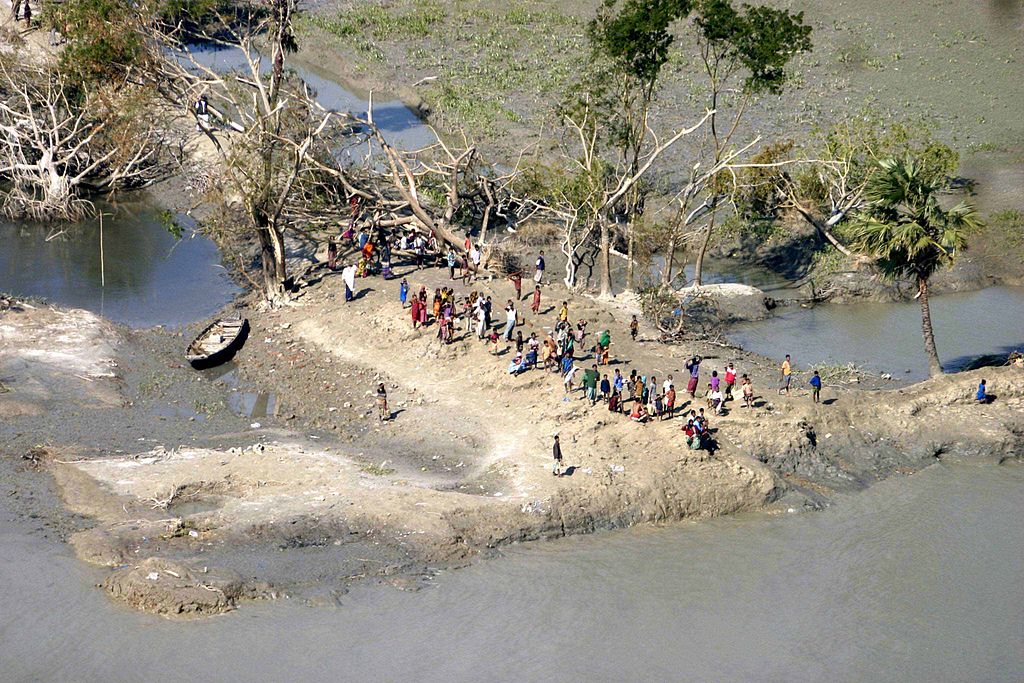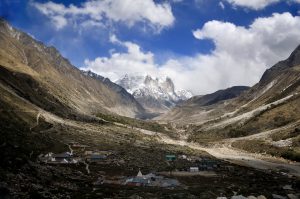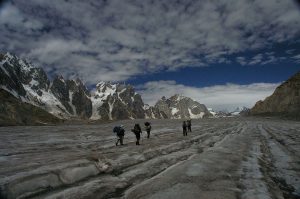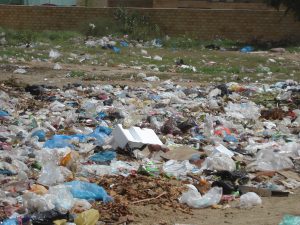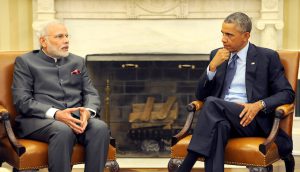When Cyclone Roanu hit coastal Bangladesh recently, half a million people had to leave their homes in search of high ground and cyclone shelters. As television cameras tracked the exodus, one could see that people were first herding their cattle to safety, sometimes even risking their lives. It is the usual practice.
Bangladesh experiences frequent cyclones, usually seen by locals as an “Act of God”, though scientists say climate change has made them more intense and more frequent.
During a cyclone, low-lying villages risk massive storm surges that destroy farms and kill livestock, affecting livelihoods for years to come.
Often people lose precious time saving their cattle. “People have very limited options and time to think properly – they have to save their resources and livestock is a precious for rural households,” says Bishawjit Mallick, a researcher studying cyclones in a project of Vanderbilt University, Nashville, US.
Roanu killed at least 24 people, and the figures of farm and cattle loss have yet to emerge.
See Killer cyclone crosses Bangladesh coast
Studies show that one way to protect livelihoods – and even lives – is to offer safety for cattle.
Nurmia is an elderly farmer in Mazer Char, a riverine island in the south-western coastal district of Pirojpur, in Barisal division. He lost his wife when Cyclone Sidr struck in 2007, as they stayed behind to save their 20 cows. Still, ten of them drowned.
Studies after Cyclone Sidr – which killed over 4,000 people – and the 2009 Cyclone Aila, suggest that people often lose valuable time by trying to save assets. “In our coastal study sites, for instance, the early warning messages sometimes arrived too late, so people did not have enough time to evacuate to a cyclone shelter” says Sonja Ayeb-Karlsson, who manages the Gibika climate resilience project at the UN University Institute for Environment and Human Security, Bonn, Germany.
“However, perhaps even more important, is that people sometimes decide not to evacuate to the shelters at all. Our research shows that people often stay behind with their cattle or their fishing boats, risking their lives in the hope of saving their sources of income,” Ayeb-Karlsson explains. So what do the residents do? They make a killa, the equivalent of the Biblical Noah’s Ark that saved animals during a legendary global deluge. The difference? This Ark is made of mud.
A killa is a raised earthen platform where people tether their livestock during a storm. Traditionally, a killa is small and can hold the livestock of a family or two. Now the government is supporting the construction of large killas that can shelter 300-400 livestock.
![A killa in Bethua Chakaria, Cox's Bazaar [Image by Bangladesh University of Engineering and Technology]](/wp-content/uploads/2016/06/Killa_Bethua_Chakaria_Coxs_Bazaar_BUET.jpg)
The villagers conducted a community risk assessment as part of the government’s Comprehensive Disaster Management Programme (CDMP). “If there is a future disaster, we would lose our cattle again. We decided that we needed a safe place for them,” the villagers narrated in an International Institute for Environment and Development (IIED) study.
The villagers briefed the Upazila Parishad (sub-district council); and the government considered the villagers’ plan under its Local Disaster Risk Reduction Fund Initiative.
After its plan was approved, the Union Parishad (village council) and the Upazila Parishad managed the BDT 2.5 million (USD 32,000) project in 2015. They raised their own initial funds and it is a very effective way of using climate funds locally, the IIED study shows.
“We feel quite good implementing a project on our own,” a villager said. “However, the whole work would have been more efficient if some money was delivered before we started work (instead of paying against expenses).”
The outcome is a platform made of mud raised around 4 metres) above the ground and 100 metres by 100 metres in area. “We tie up the cattle there when there is a disaster,” the villager said. “We can now face a disaster boldly. We are capable of handling bigger projects.”
The residents would like more such risk reduction measures. “We are surrounded by a river,” said the chairman of the village council. “We do not have funds for a quick response. Whenever we face a disaster, we wait for orders from authorities.”
Meanwhile killas are becoming more and more popular in Bangladesh, with government and NGO support. “They are certainly a possible solution,” says Saleemul Huq, director of the International Centre for Climate Change & Development, Dhaka.
Killas are found in other flood prone parts of the country as well. “To cope with the excessive flooding, families invest in protecting their homestead by raising the plinths above flood level, an indigenous adaptation technique,” says Sanjib Kumar Saha, a climate adaptation and disaster risk reduction expert in Dhaka.
It is also important to maintain existing killas, experts note. “Killas are seldom maintained by the communities or even the authorities. So there is a need of assessing the stability of these raised lands so that the killas themselves do not become vulnerable during cyclones owing to landslides caused by huge livestock loads,” notes a study by the Bangladesh University of Engineering and Technology, Dhaka.
“People do not want to leave their livestock far from their location; killas are often not secure enough or maintained; and they are often hard to reach in an emergency situation. Therefore, it will be better to construct killas and cyclone shelters in the same premises – even underneath the shelter,” the study suggested.
Huq says the government is trying this option. “In fact, the newer cyclone shelters are built with a killa to allow people to bring goats and cows with them.”
